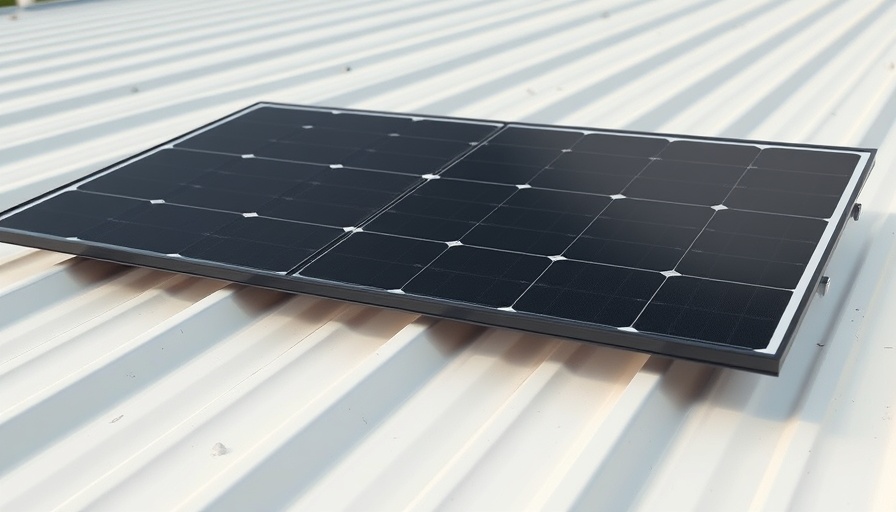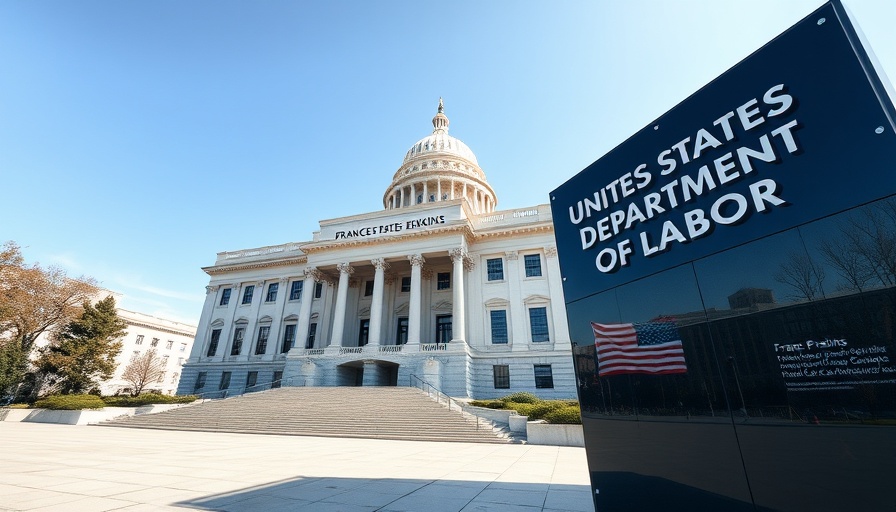
A Bold New Beginning for EagleView One
EagleView One, a leader in aerial imagery and data analytics for the construction and roofing industries, has launched with a striking rebranding aimed at enhancing its market presence and service offerings. This rebranding not only represents a fresh visual identity but also symbolizes EagleView's commitment to innovation and customer-focused solutions.
Understanding the Value of Data-Driven Decisions
For business owners, property developers, and facility managers, the significance of data cannot be overstated. EagleView’s new branding aligns with the increasing demand for data-driven decision-making in the construction sector. The revamped EagleView One platform is designed to provide users with comprehensive aerial imagery alongside actionable insights, allowing stakeholders to make informed decisions that affect both project outcomes and the bottom line.
Navigating Budget Constraints with Cutting-Edge Technology
As cost-conscious businesses navigate a competitive environment, leveraging efficient tools is vital. EagleView's latest offerings highlight how technology can aid in budget management while improving project efficiency. With reliable aerial data, companies can accurately assess projects before the initial groundwork, minimizing costly overruns and delays.
The Role of Sustainability in Modern Construction
In a time when sustainability is at the forefront of industrial practices, EagleView’s commitment to innovation dovetails seamlessly with the rise of green building concepts. Their focus on sustainable architecture is evident in the efficiency of their services, which can help companies assess site locations for sustainable practices. Utilizing EagleView's data also enables property developers to design environmentally mindful developments that align with community goals.
Current Trends in Construction and Facility Management
As facility managers seek to modernize and adapt to changing regulations and market demands, the tools provided by EagleView become indispensable. The integration of modern data analytics and user-friendly technologies positions EagleView as a go-to resource. This trend towards smart construction is set to grow, pushing businesses towards smarter, safer buildings that are ultimately better for the community and the environment.
Conclusion: Embrace Innovation
For companies eager to stay ahead in the rapidly evolving landscape of construction, engaging with platforms like EagleView One is essential. As the industry shifts towards data-driven solutions and sustainable practices, adopting these insights can unlock new opportunities for growth and profitability. By embracing innovation, businesses can not only improve their efficiency but also contribute positively to the communities they serve.
 Add Row
Add Row  Add
Add 




Write A Comment